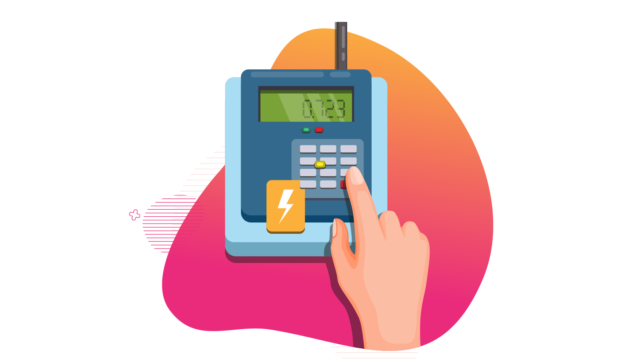What determines your cost of electricity?
As consumers continue to face high prices, the amount of electricity consumed by a household plays a role in determining the monthly electricity bill. The more electricity consumed, the higher the cost.

The cost of electricity, which continues to soar due to a combination of factors such as higher fuel costs, currency depreciation and the review of electricity tariffs, has led to decreased disposable income for households, forcing them to cut back on other essential expenses such as food and healthcare.
This has seen the cost of electricity exerting the most pressure on consumers’ spending, with electricity inflation being tabulated at 66.5 per cent as of the end of June. The higher prices are a blow to consumers grappling with the effects of costlier food commodities.
There are also fears that the rising electricity prices may push electricity out of reach for low-income households, resulting in energy poverty, exacerbating inequality, and hindering socio-economic development.
As consumers continue to face high prices, the amount of electricity consumed by a household plays a role in determining the monthly electricity bill. The more electricity consumed, the higher the cost.
For a domestic user, factors such as household size, usage of appliances, energy efficiency measures, and conservation practices all contribute to the electricity bill.
This is how your electricity cost is determined
According to Kenya Power and Lighting Company (KPLC), household meters that consume 30 units and below per 3-month average are on Domestic Lifeline (DL), which charges Ksh12.2 per unit.
Meters that consume above 30 units and below 100 per 3-month average are on Domestic Ordinary 1 (DO1), which charges Ksh16.3 per unit.
Meters that consume 100 units and above per 3-month average are on Domestic Ordinary 2 (DO2), which charges Ksh20.97 per unit.
Kenya Power adds that these charges are exclusive of variable charges such as levies, tax, and fuel costs, among others.
Causes of rising electricity prices
According to the Kenya Institute for Public Policy Research and Analysis (KIPPRA), the electricity cost can be attributed to the fact that the energy sector heavily depends on fossil fuels, subject to global price fluctuations.
This has resulted in higher costs for electricity generation and increased electricity prices. Additionally, the country has invested heavily in hydropower generation.
KIPPRA says frequent water shortages in the main reservoirs often adversely affect the effective capacity factor of hydropower. “Also, the electricity pricing includes a fuel cost adjustment, which has been fluctuating in recent years owing to high fuel costs globally.”
KIPPRA adds there has also been a need for more investment in energy infrastructure, and Kenya is facing challenges in attracting investment in energy infrastructure, which has limited the expansion of the energy sector and increased costs.
“KPLC has also seen challenges in energy distribution. Inefficiencies in the energy distribution system, such as energy theft and distribution losses, have increased electricity costs and resulted in higher consumer prices,” KIPPRA adds.
In addition, the Kenyan shilling depreciation has contributed to higher electricity prices, as the cost of importing fossil fuels and other energy-related products becomes expensive, and government policies such as taxes and tariffs have also raised electricity costs since most dominant players are government-owned.
